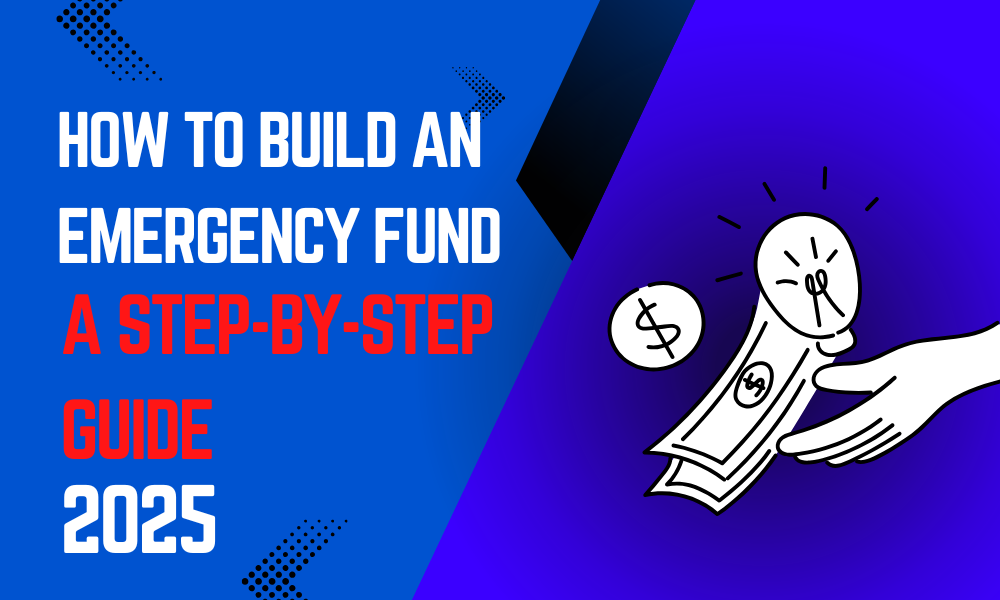Introduction
Life is unpredictable—unexpected expenses can arise at any time. Whether it’s a medical emergency, job loss, or car repair, having an emergency fund can save you from financial stress. Yet, many people struggle to build one.
In this guide, we’ll walk you through how to create and grow your emergency fund so you can handle life’s surprises with confidence.
1. What Is an Emergency Fund & Why Do You Need One?
An emergency fund is a savings account specifically for unexpected expenses. It provides:
✅ Financial security: no need to rely on credit cards or loans.
✅ Peace of mind—less stress when emergencies happen.
✅ Flexibility: covers medical bills, home repairs, or sudden job loss.
2. How Much Should You Save?
A good rule of thumb:
- Beginner Goal: $500-$1,000 for minor emergencies
- Intermediate Goal: 3–6 months of living expenses
- Advanced Goal: 9–12 months of expenses for full security
3. Where Should You Keep Your Emergency Fund?
Your emergency fund should be easily accessible but separate from your daily spending account. Best options:
✅ High-yield savings accounts: Earn interest while keeping funds safe
✅ Money market accounts: higher returns with easy access
✅ Cash reserves—for immediate emergencies
4. How to Start Saving for Your Emergency Fund
Getting started is easier than you think. Step 1: Set a savings goal
Step 2: Automate your savings (Set up auto-transfers)
Step 3: Cut unnecessary expenses (Reduce dining out & subscriptions) ✂️
Step 4: Use windfalls (Tax refunds, bonuses, side hustle income)
5. Smart Strategies to Grow Your Emergency Fund
Save spare change. Use round-up apps like Acorns.
Sell unused items—declutter & earn extra cash.
Pick up a side hustle—freelancing, ridesharing, or online gigs.
Set a “no-spend” challenge—redirect spending into savings.
6. When Should You Use Your Emergency Fund?
Only use your fund for real emergencies, such as Medical bills
Urgent car repairs
Home fixes (plumbing, roof leaks)
Job loss or unexpected income drop
7. How to Rebuild Your Fund After an Emergency
If you use your savings, rebuild it by: Resuming automatic transfers
Cutting back on non-essential spending
Increasing your income sources
READ ALSO: Smart Investing How To Grow Your Wealth With Confident
Conclusion
An emergency fund is your financial safety net. The key is to start small, stay consistent, and make saving a habit.
Ready to build your emergency fund? Start today!
